
Lykling kyrkje
Bømlo, NO
Lykling Church is a wooden church dating from 1912, originally designed by Victor Nordan, but enlarged and rebuilt in 1973 to designs by Ole Halvorsen.
Here you can search for a building to visit. You can use the map find destinations, or you can use the filters to search for a building based upon what different criteria.

Bømlo, NO
Lykling Church is a wooden church dating from 1912, originally designed by Victor Nordan, but enlarged and rebuilt in 1973 to designs by Ole Halvorsen.
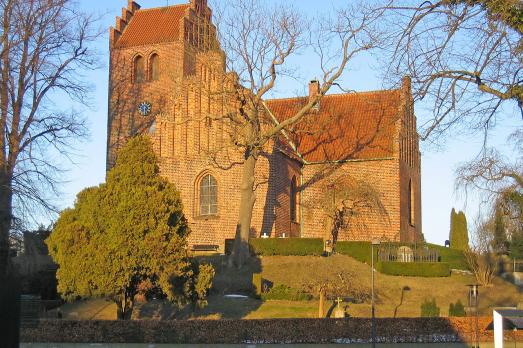
Kongens Lyngby, DK
Lyngby Church was built in the mid 12th century in Romanesque style, with east and west extensions in late Gothic style and three extensions: a high Gothic tower in the north, built in late Gothic style, and a south chapel in late Gothic style and a north chapel dating from around 1765. The church was privately owned until 1901, when its last owner, C.F. Tietgen (1829-1901), transferred it to the municipality of Lyngby-Taarbæk. The municipality then transferred the church to the parish council of Lyngby in 1993.
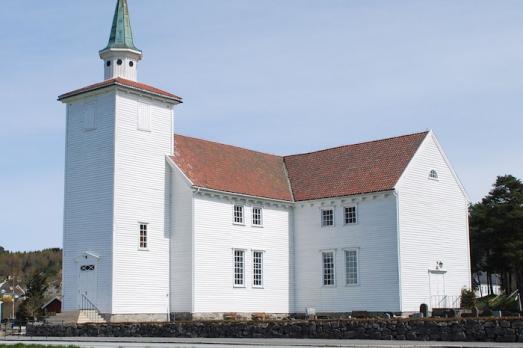
Lyngdal, NO
The Lyngdal church was built in 1848 according to the drawings of parish priest Gabriel Kielland. The interior is painted and has a flat, panelled ceiling. The altarpiece is a large portal altarpiece made by carpenter O. M. Hansen.

Flesberg, NO
Lyngdal Church of 1690 was originally a long church with a rectangular nave and a narrower straight chancel to the east. In the 1730s the church was extended and the chancel and the east wall of the old nave were demolished. The nave was incorporated as the western part of a new cruciform church. A sacristy was built on the north side of the new chancel and a turret was placed over the centre of the cross plan. The interior of the 1730s renovation is well preserved and contains several pieces of 17th-century furniture.
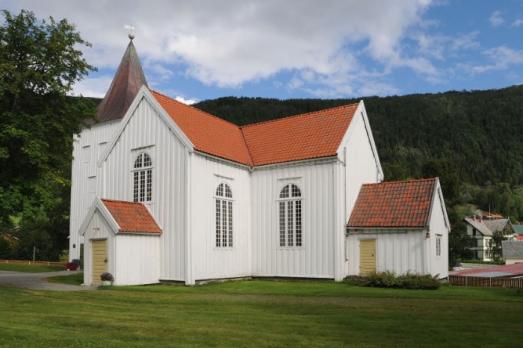
Lyngen, NO
The first church in Lyngen was built in Karnes in 1731, but the present church dates from the 1770s and was completed in 1782. The church owes much of its appearance to a renovation carried out by the German architect Lydke from 1840 to 1846. The old tower from 1775, which stood in the middle of the church, was demolished and a new tower house with porch, attic, bell tower and spire was built in the Gothic Revival style.
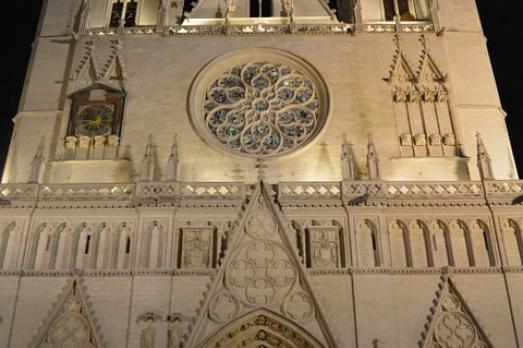
Lyon, FR
Saint-Jean-Baptiste-and-Saint-Etienne has the rank of cathedral and primatiale: the archbishop of Lyon has the title of Primate of Gaul. The construction of the cathedral stretches over three centuries, from 1175 to 1480. The primatiale is classified historical monument since 1862, and is a World Heritage because of its location in the historic site of Lyon.
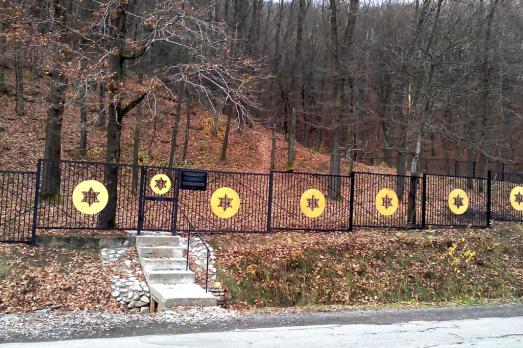
Lypcha, UA
The cemetery was presumably established in the 18th, as the earliest preserved gravestone dates to 1795. It first appears on a cadastral map of 1864-1865. The fence was installed by ESJF in August 2016.
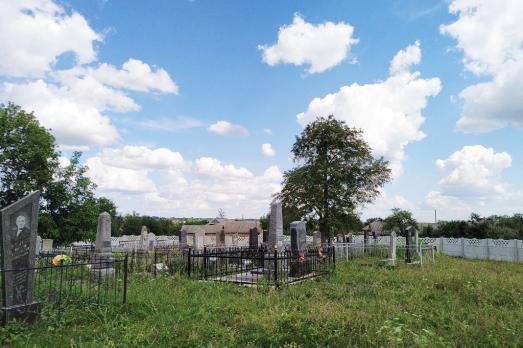
Lypovets', UA
The Jewish cemetery of Lypovets was established in 1700. Today there are around 300 headstones dating from the entire 20th century. In 2019, it was fenced by ESJF.
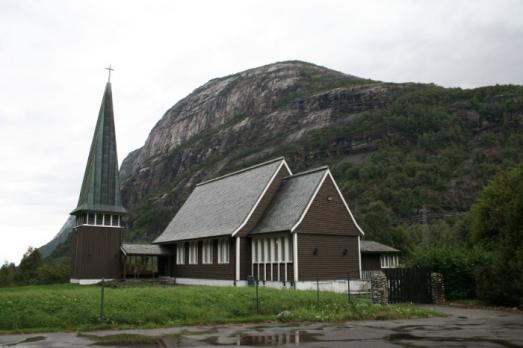
Sandnes, NO
Lyse chapel is a wooden building completed in 1961. The chapel was designed by Gustav Helland and Endre Årreberg. They emphasised the natural conditions of the place. Thus they gave the chapel high, pointed gables that would rise like mountains in the terrain.
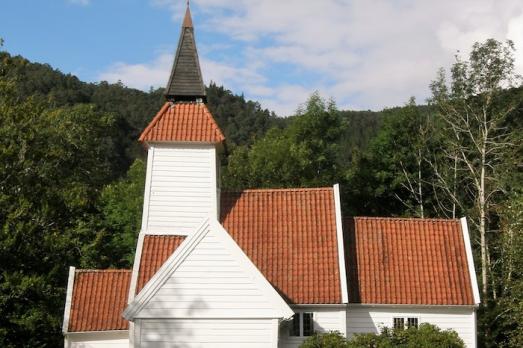
Bjørnafjorden, NO
The Lysekloster chapel was built in 1663 and has preserved a number of old treasures: an altarpiece from 1664, a host box from 1703, a watering can from the 18th century, two large altarpieces from 1696 and an alms collector from 1696. The spire of the church tower has a weather vane bearing the year 1739.

new
The Chassidic Route is a cultural and historical trail tracing the rich legacy of Jewish communities in southeastern Poland and western Ukraine. This region was central to the rise of Chassidism in the 18th century. Here, we highlight 10 remarkable synagogues you’ll discover along this route.

he cradle of the Industrial Revolution in Germany, Chemnitz, is well-known for its industrial heritage landscape, but the city is also home to remarkable examples of religious architecture from different historical periods. Join us as we explore the key landmarks of this European Capital of Culture 2025.

The twin towns of Nova Gorica (Slovenia) and Gorizia (Italy), lying on the border between the two countries, have a rich religious heritage, steeped in centuries of tradition. If you are looking for ideas for your visit, take note of these 10 religious sites that you should not miss.